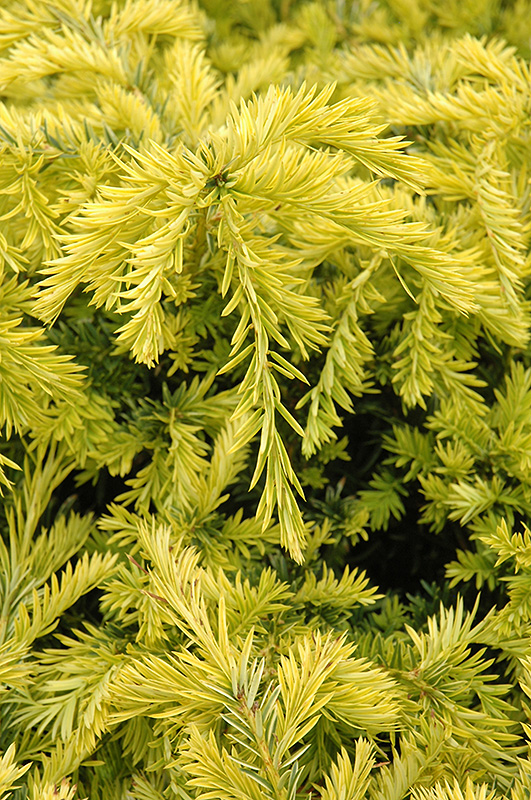Plantfinder
siteadmin2023-06-04T13:10:09-03:00
Height: 7 feet
Spread: 10 feet
Sunlight:
![]()
![]()
![]()
Hardiness Zone: 4a
Description:
An exciting new variety with brilliant gold new foliage in spring that fades to a soft yellow-green over the summer, contrasts well against the normal green older needles, spreading habit, takes pruning well and tolerates shade; use for a splash of color
Ornamental Features
Sunburst Yew is a dwarf conifer which is primarily valued in the landscape or garden for its broadly spreading habit of growth. It has attractive chartreuse evergreen foliage which emerges gold in spring. The ferny sprays of foliage are highly ornamental and remain chartreuse throughout the winter.
Landscape Attributes
Sunburst Yew is a dense multi-stemmed evergreen shrub with a ground-hugging habit of growth. Its relatively fine texture sets it apart from other landscape plants with less refined foliage.
This is a relatively low maintenance shrub, and can be pruned at anytime. It has no significant negative characteristics.
Sunburst Yew is recommended for the following landscape applications;
- Mass Planting
- Hedges/Screening
- General Garden Use
- Topiary
Planting & Growing
Sunburst Yew will grow to be about 7 feet tall at maturity, with a spread of 10 feet. It tends to fill out right to the ground and therefore doesn't necessarily require facer plants in front, and is suitable for planting under power lines. It grows at a slow rate, and under ideal conditions can be expected to live for 50 years or more.
This shrub performs well in both full sun and full shade. However, you may want to keep it away from hot, dry locations that receive direct afternoon sun or which get reflected sunlight, such as against the south side of a white wall. It does best in average to evenly moist conditions, but will not tolerate standing water. It is not particular as to soil type or pH. It is highly tolerant of urban pollution and will even thrive in inner city environments, and will benefit from being planted in a relatively sheltered location. Consider applying a thick mulch around the root zone in winter to protect it in exposed locations or colder microclimates. This particular variety is an interspecific hybrid, and parts of it are known to be toxic to humans and animals, so care should be exercised in planting it around children and pets.
A NetPS Plant Finder tool
